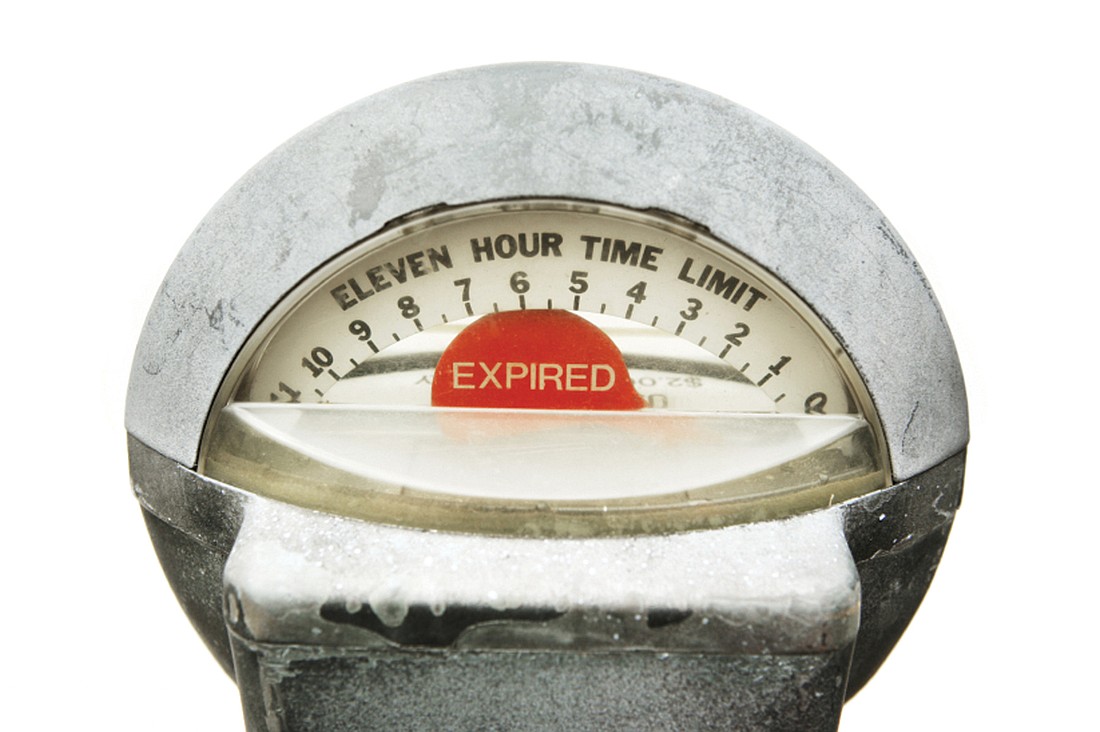- April 18, 2024
-
-
Loading

Loading

Parking meters were first installed in Sarasota in 1942 and removed that May. They were installed in 1946 and removed in 1967. They were installed again this May, and the city now has hoods on them.
The definition of “crazy” is doing the same thing over and over and expecting different results.
It seems city commissioners have forgotten what they have done in the past. And yes, I do consider that the commissioners of 1942, 1946 and 2011 are the same people. They are the ones who keep the records and are supposed to review the research that goes into something that is capable of choking the life blood (and free spirit) out of our city.
Perhaps if the commissioners simply tried to lessen the parking problem they would not have to solve it — because no one solution pleases everyone.
If employees parking downtown are a problem, perhaps a carrot and stick are needed to stop them. The carrot would be low-cost parking permits at city garages for retail employees. The stick would be a law making it illegal for any car to be parked within a delineated downtown area more than 10 times per week between 9 a.m. and 6 p.m.
Currently anyone parking in the same spot for more than two hours is ticketed. Employees moving their cars from spot to spot to beat that rule are, in effect, parking a second time and a third time, etc. A city employee riding around in a golf cart marking and checking tires every two hours is so 20th century, when a camera could record plate numbers and their locations.
This approach, coupled with subsidized parking garages and a lucid explanation as to why proper parking etiquette will keep their personal unemployment rate low, could really help employees see the light. Hundreds of spaces would be freed up for customers.
As an incentive, restaurants and stores could give tokens for two hours of free parking. When the patron dropped the token in a slot at the garage, two hours would be subtracted before the payment is calculated. This would create a revenue stream for the city and a good advertising hook for the shops and restaurants.
More than 90% of those parking in the municipal garages drive in head first. This means that they and their passengers are looking toward a blank wall that is not advertising any restaurant or shop. Such signs would boost local sales and add an ongoing revenue stream for the city to offset some costs.
There are many private parking lots in the greater downtown area that are empty after 6 p.m. These lots have chains or signs that tell you your car will be towed if you dare park in an empty, unused lot. The city has asked the owners to open these lots to the public and have been told no, their insurance does not cover that.
If the city wants to free up additional spaces downtown, would it be cheaper for the city to install expensive parking meters where the manufacturer takes its profit off the top or for the city to pay some add-on insurance premiums?
The city wants the businesses downtown to make lots of money so the city can get higher tax revenues from them. The question is: How much is the city willing to spend to maximize that revenue?
Throwing away $600,000, the amount spent on the parking meters, is substantial, but it may be cheap relative to the loss in tax revenue from decreased sales and property taxes downtown. Or in decreased votes from disgruntled voters.
Rodger Skidmore, of Siesta Key, has a degree in economics and is president of International Expertise, a consulting company.